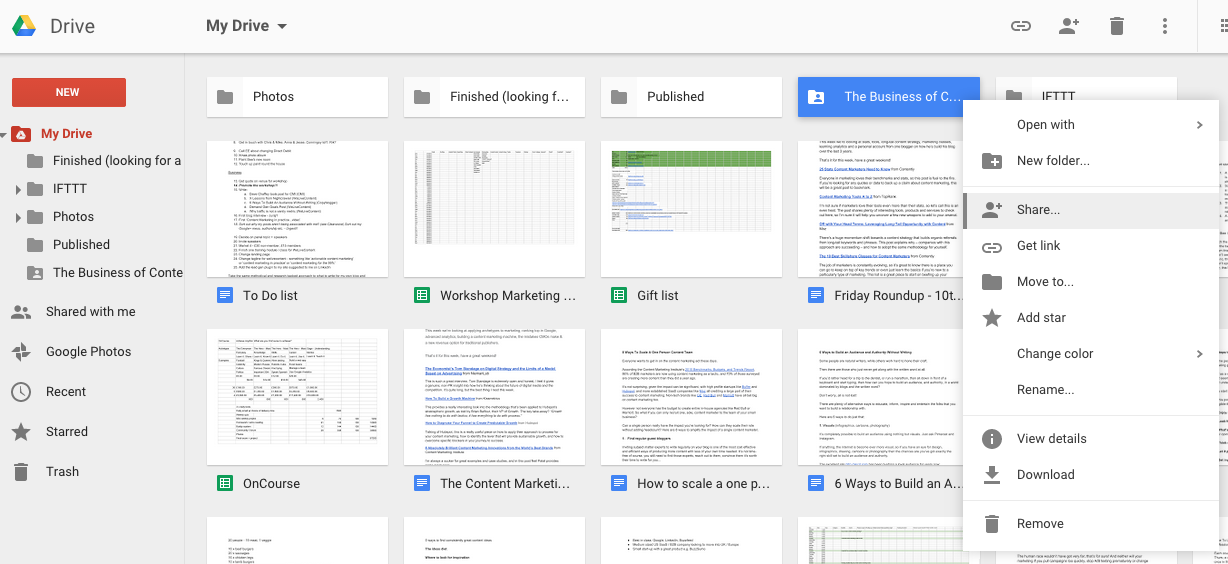

What are the factors affecting team capacity planning?Īt the most basic level, demand and availability affect capacity planning. Match capacity strategy: This involves increasing the capacity in small increments in anticipation of demand.This means, this strategy sometimes results in overworked teams or alternatively, delayed projects. Lag capacity strategy: On the other hand, with the lag capacity strategy you’ll only increase capacity when you see actual demand.It follows that this strategy often results in underutilized capacity. Lead capacity strategy: This involves aggressively increasing capacity in anticipation of demand.Capacity is then planned based on the forecasts. Often experts look at industry trends and forecast the need for capacity. Long-term capacity: Depending on the type of industry, the period for this kind of planning varies.Medium-term capacity: Typically used for projects that range from a year to three years.Short-term capacity plans can be for a day, week, month, or sometimes even a quarter. Short-term capacity: Based on customer demand or seasonality, teams may bulk up or reduce the number of people.This ensures team members are neither overwhelmed nor underworked. Workload management at an individual level: To prevent burnout, you need to monitor your team members individually.Learn more about resource allocation here. Resource allocation at the project level: At the project level, a manager identifies the available resources within the organization and requests allocation for a project.It also helps decide if a hiring process needs to be initiated. Capacity planning at organization level: In this process, the organization determines if it has enough skilled people.There are three types of capacity modeling techniques depending on: Now that you understand why capacity planning is important, let’s look at its types. 210 percent less likely to promote the business.2.6 times as likely to leave their current employer.

Also, it helps them understand the budget requirements for acquiring, allocating, and managing resources.įor project teams, not having the right resources results in either poor delivery quality or an overworked team.Īccording to the Global Work Culture Report for 2020, over 79 percent of employees experience some kind of burnout. Making plans for capacity utilization helps businesses optimize operations.

On the other hand, not having access to resources may delay or derail your project completely. Having access to the right resources at the right time ensures on-time delivery with quality. Formally, you can define capacity planning as:Ĭapacity planning is the process to determine and meet an organization’s resource capacity needs. These resources can be people, tools, or budget.Ĭapacity planning is all about fulfilling this requirement. Organizations and teams need to find the right resources at the right time to deliver projects.


 0 kommentar(er)
0 kommentar(er)
